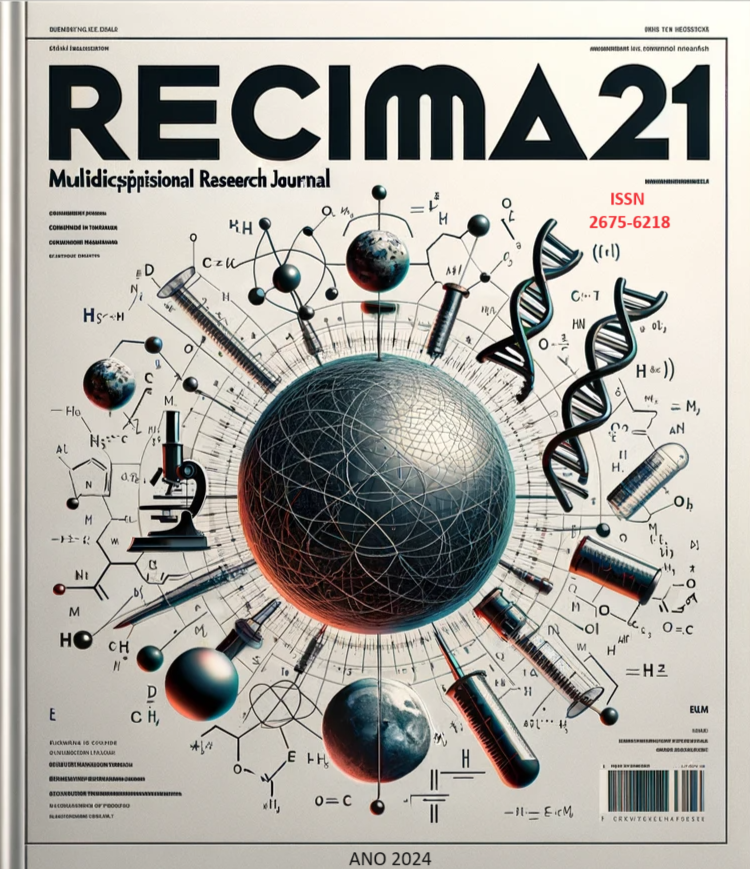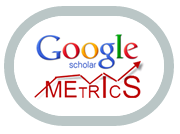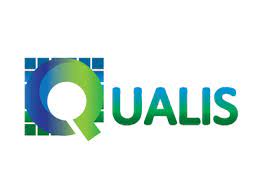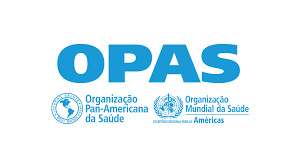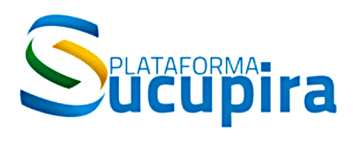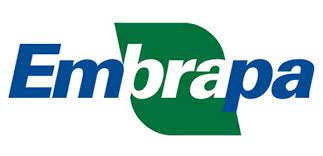BASES FISIOPATOLÓGICAS DA ICTERÍCIA NEONATAL: UMA REVISÃO BIBLIOGRÁFICA
DOI:
https://doi.org/10.47820/recima21.v5i3.5012Palavras-chave:
Icterícia neonatal, fisiopatologia, diagnóstico, tratamento e metabolismo da bilirrubina.Resumo
Introdução: A icterícia neonatal é comum em recém-nascidos, afetando até 60% dos bebês saudáveis e até 80% dos prematuros. Apesar de geralmente benigna, pode levar a complicações neurológicas graves se não tratada adequadamente. A fisiopatologia envolve um desequilíbrio complexo no metabolismo da bilirrubina, incluindo imaturidade hepática e hemólise como fatores principais.Objetivo: Esta revisão visa sintetizar o conhecimento sobre as bases fisiopatológicas da icterícia neonatal, para subsidiar práticas clínicas baseadas em evidências. Métodos: Foram selecionados estudos originais e revisões publicados em periódicos revisados por pares nos últimos 20 anos, com foco em fatores de risco genéticos, ambientais e relacionados ao desenvolvimento neonatal associados à icterícia neonatal. Resultados e Discussão: A icterícia neonatal resulta de um desequilíbrio no metabolismo da bilirrubina, envolvendo produção, conjugação, excreção e metabolismo. Estudos destacam a imaturidade hepática e a hemólise como principais fatores. O monitoramento dos níveis de bilirrubina e intervenção terapêutica oportuna são cruciais para prevenir complicações graves. Conclusão: O entendimento dos mecanismos fisiopatológicos da icterícia neonatal é essencial para uma abordagem clínica eficaz. Investimentos contínuos em pesquisa e colaboração interdisciplinar oferecem perspectivas promissoras para avanços futuros no manejo dessa condição, visando melhorar os desfechos clínicos e a qualidade de vida dos recém-nascidos afetados.
Downloads
Referências
ABBEY, Pooja; KANDASAMY, Devasenathipathy; NARANJE, Priyanka. Neonatal jaundice. The Indian Journal of Pediatrics, v. 86, p. 830-841, 2019. DOI: https://doi.org/10.1007/s12098-019-02856-0
AHMIĆ, Haris. Neonatal jaundice screening. 2020. Tese (Doutorado) - University of Zagreb. School of Medicine, Department of Pediatrics, 2020.
ANSONG-ASSOKU, Betty et al. Neonatal jaundice. StatPearls, 2024.
BEGUM, Nargis Ara; AFROZE, Sharmin. An overview of neonatal unconjugated hyperbilirubinemia and it’s management. Bangladesh Journal of Child Health, v. 42, n. 1, p. 30-37, 2018. DOI: https://doi.org/10.3329/bjch.v42i1.37048
BERTHELOT, P.; DUVALDESTIN, Ph; FEVERY, J. Physiology and disorders of human bilirubin metabolism. Bilirubin, v. 2, p. 173-214, 2018. DOI: https://doi.org/10.1201/9781351070119-6
BRATLID, D.; NAKSTAD, B.; HANSEN, T. W. R. National guidelines for treatment of jaundice in the newborn. Acta Paediatrica, v. 100, n. 4, p. 499-505, 2011. DOI: https://doi.org/10.1111/j.1651-2227.2010.02104.x
COHEN, Ronald S.; WONG, Ronald J.; STEVENSON, David K. Understanding neonatal jaundice: a perspective on causation. Pediatrics & Neonatology, v. 51, n. 3, p. 143-148, 2010. DOI: https://doi.org/10.1016/S1875-9572(10)60027-7
CREEDEN, Justin F. et al. Bilirubin as a metabolic hormone: The physiological relevance of low levels. American Journal of Physiology-Endocrinology and Metabolism, v. 320, n. 2, p. E191-E207, 2021. DOI: https://doi.org/10.1152/ajpendo.00405.2020
DANTAS, Anna Virginia Viana Cardoso et al. Nursing diagnosis of neonatal jaundice: study of clinical indicators. Journal of pediatric nursing, v. 39, p. e6-e10, 2018. DOI: https://doi.org/10.1016/j.pedn.2017.12.001
DU, Lizhong et al. Neonatal hyperbilirubinemia management: Clinical assessment of bilirubin production. In: Seminars In Perinatology. WB Saunders, 2021. p. 151351. DOI: https://doi.org/10.1016/j.semperi.2020.151351
HANSEN, Thor W.R.; WONG, Ronald J.; STEVENSON, David K. Molecular physiology and pathophysiology of bilirubin handling by the blood, liver, intestine, and brain in the newborn. Physiological reviews, v. 100, n. 3, p. 1291-1346, 2020. DOI: https://doi.org/10.1152/physrev.00004.2019
HANSEN, Thor Willy Ruud. The epidemiology of neonatal jaundice. Pediatric Medicine, v. 5, n. 18, p. 18-18, 2021. DOI: https://doi.org/10.21037/pm-21-4
HANSEN, Thor WR. Neonatal jaundice. Evidence-based handbook of Neonatology, p. 339-373, 2014.
JOHNSON, Kathryn A.; MAPLE, Britni B.; BRION, Luc P. Neonatal Jaundice. In: Neonatology for Primary Care. Itasca, IL: American Academy of Pediatrics, 2020. DOI: https://doi.org/10.1542/9781610022255-24
KAPLAN, Michael; HAMMERMAN, Cathy. Understanding severe hyperbilirubinemia and preventing kernicterus: adjuncts in the interpretation of neonatal serum bilirubin. Clinica Chimica Acta, v. 356, n. 1-2, p. 9-21, 2005. DOI: https://doi.org/10.1016/j.cccn.2005.01.008
MAISELS, M. Jeffrey; KRING, Elizabeth. The contribution of hemolysis to early jaundice in normal newborns. Pediatrics, v. 118, n. 1, p. 276-279, 2006. DOI: https://doi.org/10.1542/peds.2005-3042
MIN, Jiang et al. Gene mutation in neonatal jaundice–mutations in UGT1A1 and OATP2 genes. The Indian Journal of Pediatrics, v. 83, p. 723-725, 2016. DOI: https://doi.org/10.1007/s12098-016-2064-8
MITRA, Subhabrata; RENNIE, Janet. Neonatal jaundice: aetiology, diagnosis and treatment. British Journal of Hospital Medicine, v. 78, n. 12, p. 699-704, 2017. DOI: https://doi.org/10.12968/hmed.2017.78.12.699
MORIOKA, Ichiro et al. Genetic disorders associated with neonatal jaundice. Eastern Journal of Medicine, v. 15, n. 4, p. 155, 2010.
OLUSANYA, Bolajoko O.; KAPLAN, Michael; HANSEN, Thor WR. Neonatal hyperbilirubinaemia: a global perspective. The Lancet Child & Adolescent Health, v. 2, n. 8, p. 610-620, 2018. DOI: https://doi.org/10.1016/S2352-4642(18)30139-1
PAVLOVIC MARKOVIC, Aleksandra et al. Jaundice as a diagnostic and therapeutic problem: A general practitioner’s approach.
STICOVA, Eva; JIRSA, Milan. New insights in bilirubin metabolism and their clinical implications. World Journal of Gastroenterology: WJG, v. 19, n. 38, p. 6398, 2013. DOI: https://doi.org/10.3748/wjg.v19.i38.6398
THOMAS, Mercy et al. Mechanism of bilirubin elimination in urine: insights and prospects for neonatal jaundice. Clinical Chemistry and Laboratory Medicine (CCLM), v. 59, n. 6, p. 1025-1033, 2021. DOI: https://doi.org/10.1515/cclm-2020-1759
W. WOLKOFF, Allan; BERK, Paul D. Bilirubin metabolism and jaundice. Schiff's Diseases of the Liver, p. 103-134, 2017. DOI: https://doi.org/10.1002/9781119251316.ch5
WATSON, Robin L. Hyperbilirubinemia. Critical care nursing clinics of North America, v. 21, n. 1, p. 97-120, 2009. DOI: https://doi.org/10.1016/j.ccell.2008.11.001
WONG, Ronald J.; BHUTANI, Vinod K. Pathogenesis and etiology of unconjugated hyperbilirubinemia in the newborn. UpToDate. Waltham, MA: UpToDate, 2015.
YANLI, L. I. U. et al. Evaluation of associated markers of neonatal pathological jaundice due to bacterial infection. Iranian Journal of Public Health, v. 50, n. 2, p. 333, 2021.
Downloads
Publicado
Licença
Copyright (c) 2024 RECIMA21 - Revista Científica Multidisciplinar - ISSN 2675-6218

Este trabalho está licenciado sob uma licença Creative Commons Attribution 4.0 International License.
Os direitos autorais dos artigos/resenhas/TCCs publicados pertecem à revista RECIMA21, e seguem o padrão Creative Commons (CC BY 4.0), permitindo a cópia ou reprodução, desde que cite a fonte e respeite os direitos dos autores e contenham menção aos mesmos nos créditos. Toda e qualquer obra publicada na revista, seu conteúdo é de responsabilidade dos autores, cabendo a RECIMA21 apenas ser o veículo de divulgação, seguindo os padrões nacionais e internacionais de publicação.

